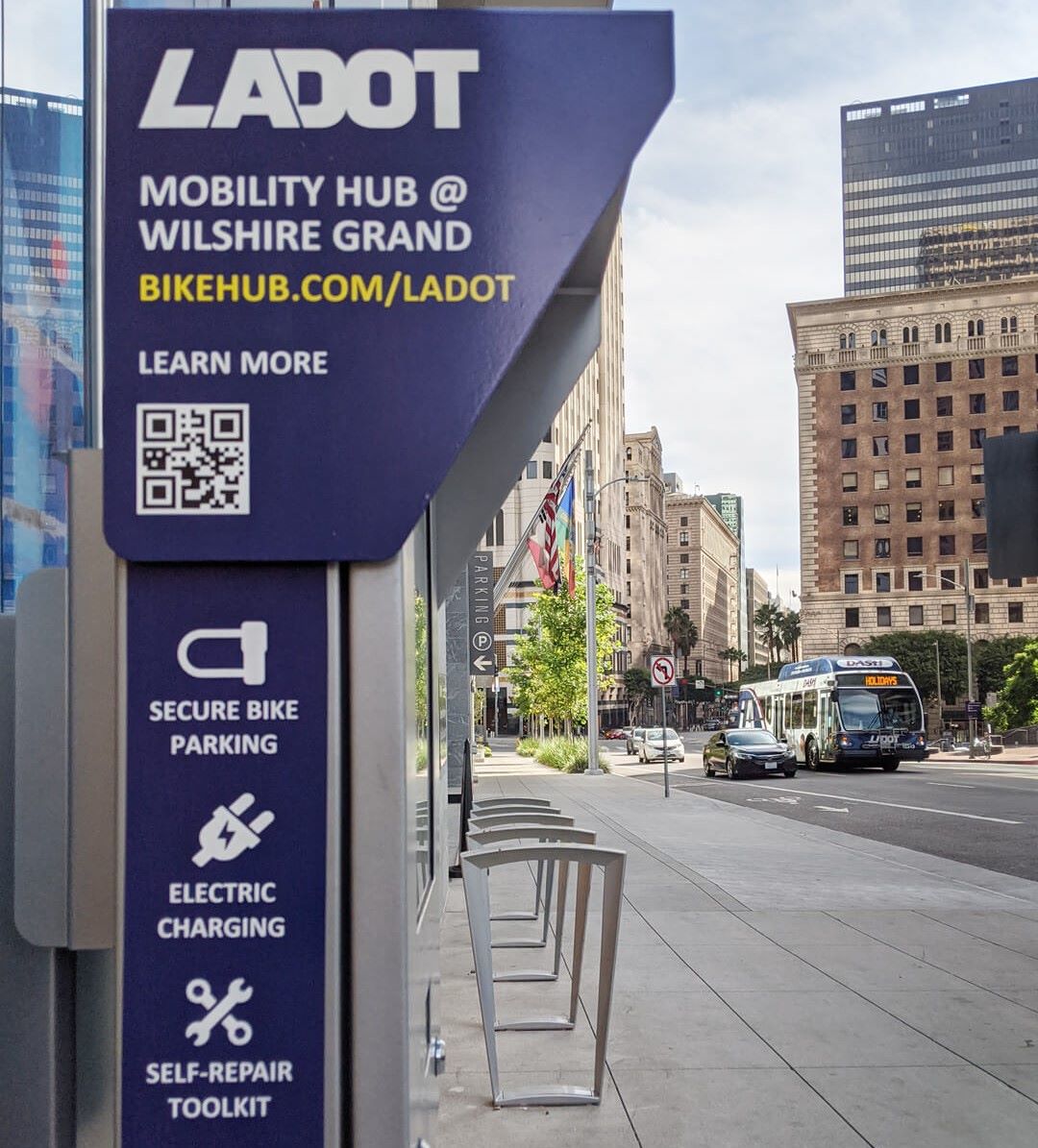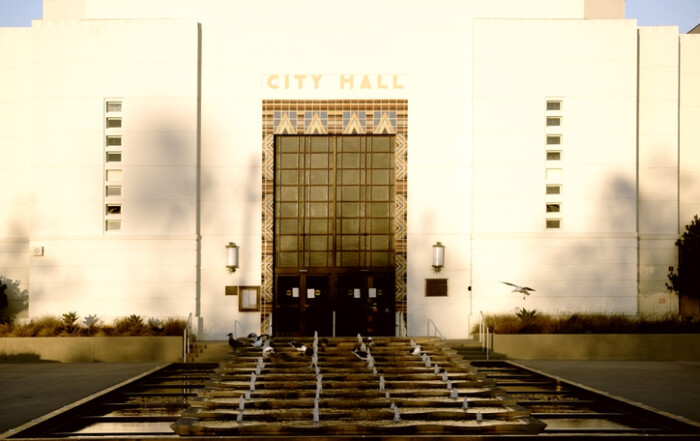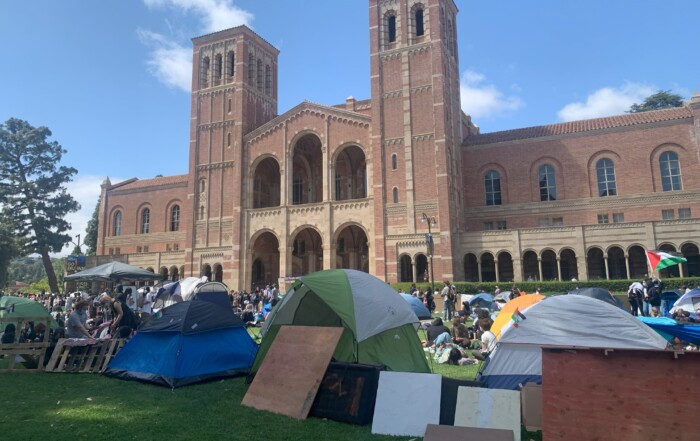The L.A. City Council approved a five-year contract Friday with Tranzito Smart Mobility (TSM) to construct Integrated Mobility Hubs throughout Los Angeles. There will be 13 primary hubs that will be built near Metro Stations, including several in Hollywood, and a proposed 85 satellite hubs built as part of the contract.
These stations will be focused on providing mobility services including bike sharing, car sharing, secure bike parking, and connectivity to public transportation. Primary hubs will be placed within a quarter mile of the following stations in Hollywood, for example:
- Vermont/Santa Monica
- Vermont/Sunset
- Hollywood/Vine
- Hollywood/Highland
- Hollywood/Western
Specific locations for the 85 satellite stations — which will have at least one of the amenities that are provided by the primary hub — will be decided during the initial design phase of the project. In addition, Hollywood will have 30 bike share kiosks installed in its service area, with some potentially being added as part of a satellite hub.
TSM will also manage a vehicle fleet to help increase the efficiency of the first and last mile connections at the hubs and their corresponding Metro stations. There will be spaces built that are designated for car-sharing services like Blue LA or Blink Mobility, and other micro-transit will be organized by Tranzito.
The contract will last for four years with an option to extend on a month-by-month basis for the fifth year. Costs for the project are not to exceed $10,212,735, which will come from funding from the Federal Transit Administration’s (FTA) Jobs Access and Reverse Commutes Program, the 2009 Metro Call for Projects Congestion Mitigation and Air Quality, and 2016’s Measure M.
While TSM will be responsible for carrying out the planning and construction of the hubs, they will work under the supervision and will require approval from a Technical Advisory Committee — which will consist of LA County Metro, City of Los Angeles, City of Long Beach, and other relevant stakeholders determined by the two cities.
Additionally, the cities will own the Mobility Hubs once they are built, and part of the contract requires that TSM leave the “Kit-of-Parts,” which includes the guidelines on how to implement and operate both primary and satellite Mobility Hubs.
There are no plans to have advertisements at these hubs, but that may change in the future if a financial analysis determines that adding advertising would be financially beneficial. Some services will not be free and will have a pricing structure drafted during the planning phase including annual subscription pricing. However, any financial profits that the hubs would make will be used to further support the project.
Programs will also be available for eligible low-income residents, according to the recommendation to approve the project from the City Administrative Office. This will be done through methods like transportation allowances that will be allocated from the contract funds as part of the planning process.
The primary mobility hubs will be equipped with information technology tools like touch screen information kiosks, and there will be an online portal that will give information about hubs and mobility providers at the hubs. They will also be designed to represent the local communities they are located in and are “historically and culturally sensitive and practical for each neighborhood.”
Planning for the project is expected to be conducted over the first year of the contract, with implementation set for 2025-2027.
Photo from Los Angeles Department of Transportation (LADOT)
Stay informed. Sign up for The Westside Voice Newsletter
By clicking submit, you agree to share your email address with Westside Voice. We do not sell or share your information with anyone.








